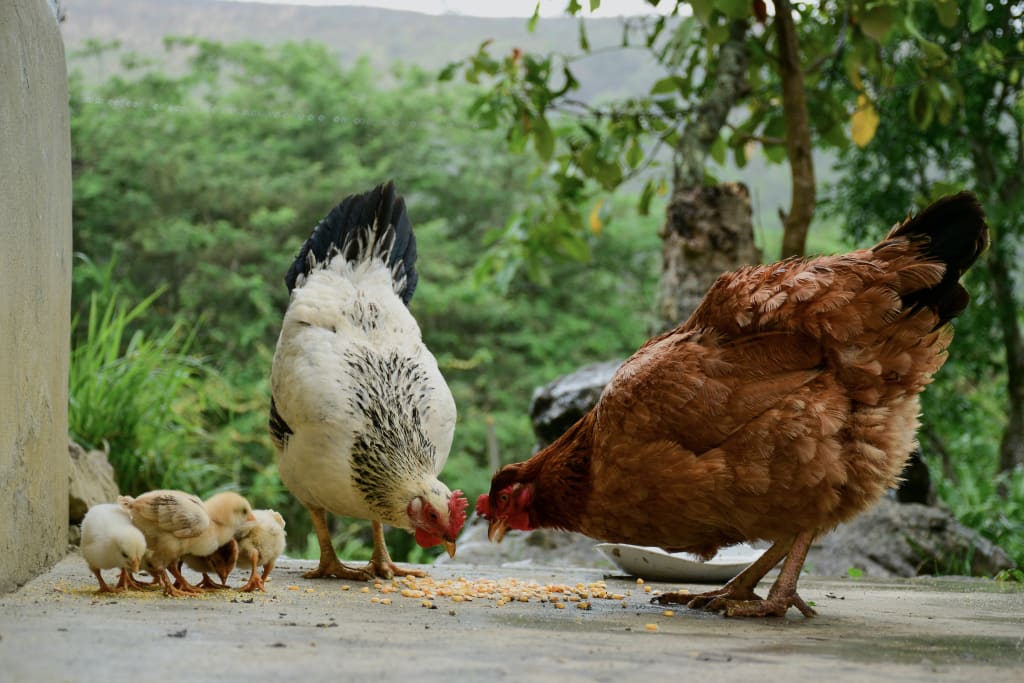Avian Influenza
Understanding Causes, Effects, and Potential Treatments

Introduction
Avian influenza, also known as bird flu, is a contagious viral disease that primarily affects birds. While it usually infects birds, including domestic poultry, avian influenza strains have occasionally been transmitted to humans, leading to serious health concerns. In this article, we will explore the causes, effects, and potential treatments for avian influenza, shedding light on this important issue.
Causes of Avian Influenza
Avian influenza is caused by influenza A viruses that primarily circulate among birds. These infections are arranged in light of two proteins tracked down on the outer layer of the infection: hemagglutinin (H) and neuraminidase (N). There are various subtypes of avian influenza viruses, with H5N1 and H7N9 being the most commonly known strains associated with human infections.
The primary reservoir for avian influenza viruses is wild aquatic birds, such as ducks and geese. They are often asymptomatic carriers, meaning they can spread the virus without showing any signs of illness. Domestic birds, particularly chickens and turkeys, are highly susceptible to the virus and can suffer severe illness and mortality.
Transmission to Humans
Human infections with avian influenza viruses typically occur through direct contact with infected birds or their secretions. This can happen in live bird markets, farms, or during the slaughtering and preparation of infected poultry. In some cases, limited human-to-human transmission has occurred, but sustained human-to-human transmission remains rare.
Effects of Avian Influenza
Avian influenza can have significant economic and public health consequences. In affected poultry populations, the disease can spread rapidly, resulting in high mortality rates. Infected birds may exhibit symptoms such as respiratory distress, decreased egg production, or sudden death.
When avian influenza viruses cross the species barrier and infect humans, they can cause severe illness, including respiratory distress, high fever, cough, and in some cases, organ failure and death. The mortality rate in humans infected with certain strains of avian influenza, such as H5N1, has been alarmingly high.
Prevention and Control Measures
Preventing the spread of avian influenza requires a multifaceted approach involving surveillance, biosecurity measures, and public health interventions. Some key prevention and control measures include:
Vaccination: Vaccines have been developed to protect domestic poultry against specific strains of avian influenza. Vaccination programs are implemented in many countries to reduce the risk of widespread outbreaks.
Enhanced Biosecurity: Strict biosecurity measures in poultry farms, including controlling access, disinfection, and regular monitoring, can help prevent the introduction and spread of avian influenza.
Surveillance: Active surveillance systems are crucial for early detection of avian influenza outbreaks. Rapid identification of infected birds and prompt reporting of cases are essential to prevent further spread.
Safe Handling and Hygiene Practices: Proper handling and preparation of poultry products, along with personal hygiene practices such as frequent handwashing, can reduce the risk of human infections.
Treatment Options
Early diagnosis and prompt treatment are crucial for improving the outcome of avian influenza in humans. Antiviral medications, such as oseltamivir (Tamiflu), are commonly used to treat avian influenza. These medications can help alleviate symptoms, reduce the severity of the illness, and potentially improve survival rates. However, it's important to note that antiviral drugs are most effective when administered within 48 hours of symptom onset.
In severe cases, patients may require hospitalization and supportive care, including respiratory support and treatment for complications. Research is ongoing to develop new antiviral drugs and improve treatment options for avian influenza.
Conclusion
Avian influenza remains a significant global concern due to its potential impact on both animal and human health. While it primarily affects birds, the transmission of avian influenza strains to humans can lead to severe illness and mortality. Implementing robust prevention and control measures, including vaccination, enhanced biosecurity, and surveillance, is crucial for minimizing the spread of the virus. Early diagnosis and prompt treatment with antiviral medications can improve outcomes in infected individuals. Continued research and vigilance are essential to effectively combat avian influenza and mitigate its impact on both animal and human populations.






Comments
There are no comments for this story
Be the first to respond and start the conversation.